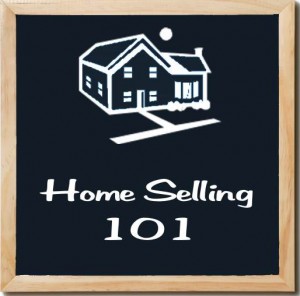
NAR’s 2012 Profile of Home Buyers and Sellers features quite a few interest details about what the selling experience was like for home sellers this year.
By Peter Ricci
For the last two weeks, we’ve taken a detailed look at the homebuyers side of the National Association of Realtors’ 2012 Profile of Home Buyers and Sellers, analyzing demographics, the home search process, what kinds of homes sold, referrals and repeat business, and finally, lending standards.
Now, though, it’s home sellers’ turn, and our first post on sellers will look at some interesting details of the seller experience for U.S. consumers in 2012.
NAR Profile of Home Buyers and Sellers – The Selling Experience
As has been the case with the other segments of NAR’s Profile of Home Buyers and Sellers, there was plenty of information about home sellers in 2012, including:
- Sellers in 2012 had, typically, lived in their home for nine years, which is an increase from years past; in 2007, for instance, the typical stay for home sellers was six years.
- Forty-six percent of sellers traded up to a larger home, while 29 percent bought a comparably-sized home and 25 percent downsized; 62 percent purchased a new home.
- Recent sellers sold their home for 95 percent of the listing price, though 60 percent of home sellers did admit that they had to reduce the asking price at least once; typically, the sellers home was on the market for 11 weeks.
- Home sellers moved a median distance of just 19 miles from their previous residence.
- And lastly, the typical seller sold their home for a median equity gain of $20,000, or a 12 percent increase over the original purchase price; sellers who lived in their home for 11 to 15 years, though, saw a larger gain of $54,000, or 31 percent.
Seller Subsidies Entice Homebuyers in 2012
Perhaps the most interesting stat regarding the selling experience, though, dealt with seller incentives. According to the Profile of Home Buyers and Sellers, 40 percent of sellers offered incentives, most often subsidizing home warranty policies and closing costs.
Steve Lawrence, the managing broker for Baird & Warner’s Libertyville office, said that he has seen incentives that involve slightly higher commission rates and closing credits, but not much else, namely because of prevalence of distressed property sales in Lake County.
“Thirty-nine percent of Lake County sales are short sales and foreclosures,” he said.
But what about you? Are seller incentives commonplace, or does it look like 2012 was the last gasp for such strategies?
